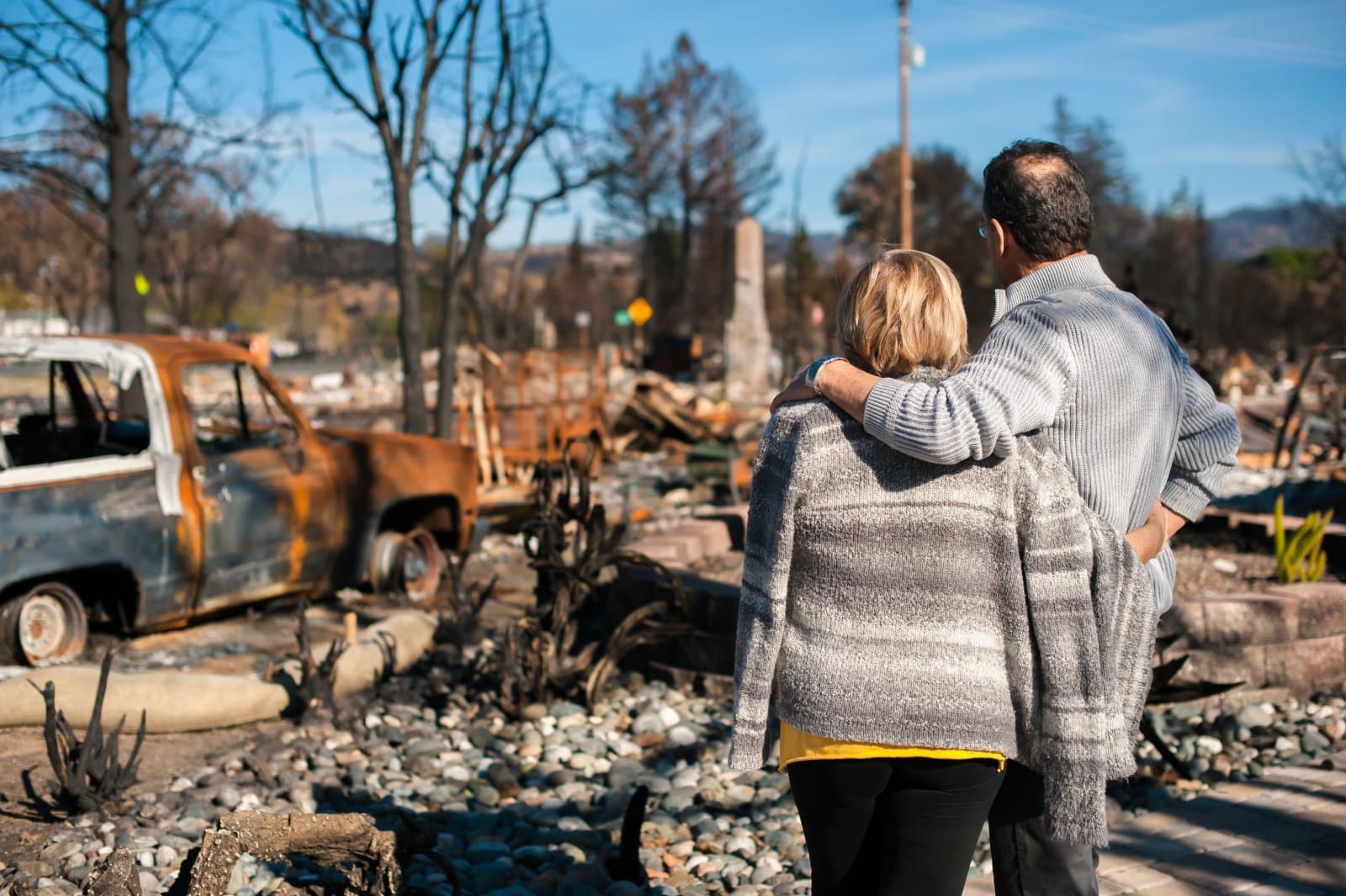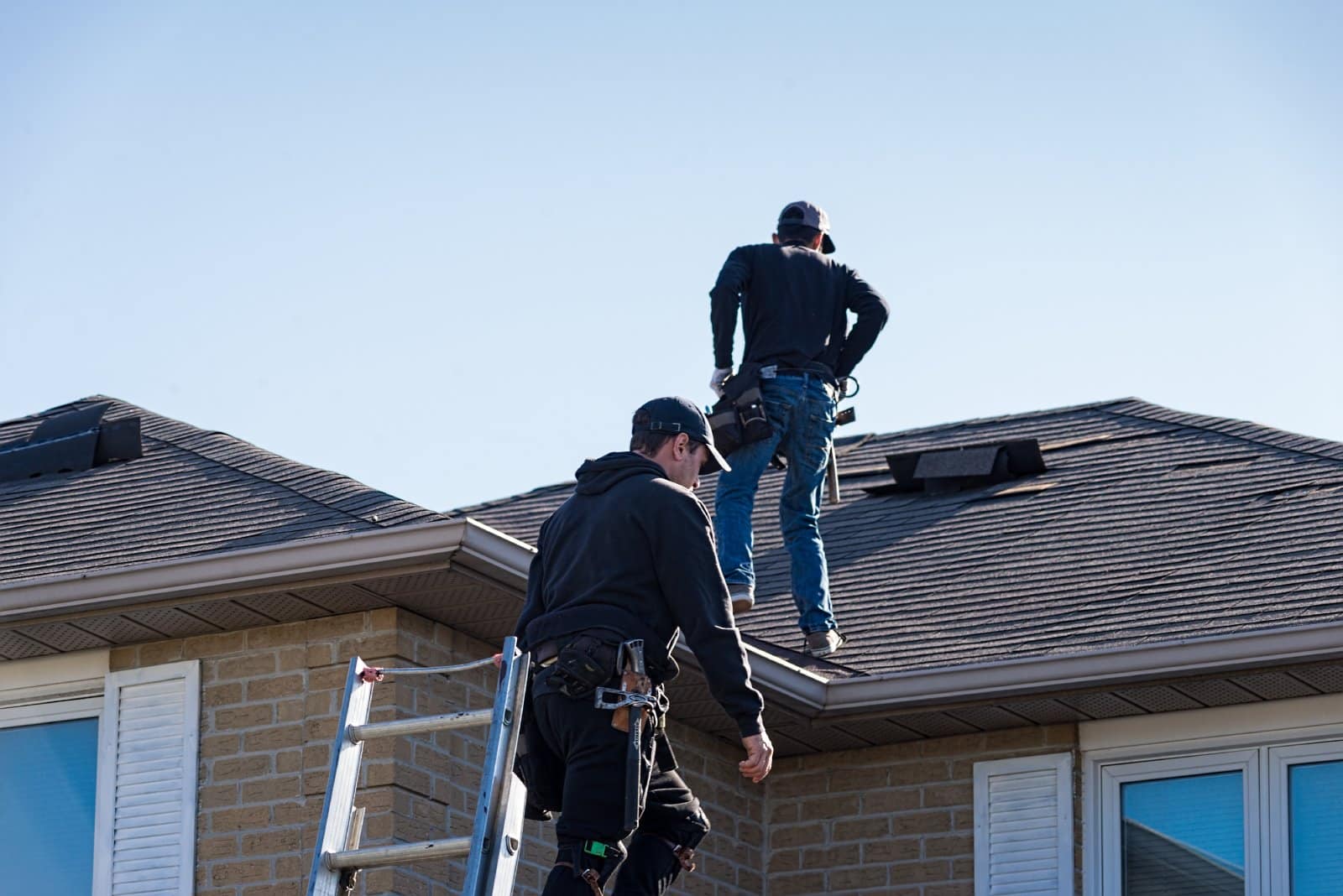Home insurance is crucial for safeguarding your property against various risks (depending on the policy terms). However, Californians continue to face significant insurance challenges, often spending hundreds of dollars trying to make coverage work in their favor.
Effects of Wildfires and Climate Change

The effects of climate change are felt throughout the world. In California, this sentiment is true as residents have experienced firsthand wildfires throughout the time. Having insurance is supposed to guard against the elements of nature, but that’s not always 100% true.
Homeowners Put in the Work

Californian law encourages homeowners to protect their homes against possible wildfires. Owners are encouraged to clear debris and use fire-retardant materials when upgrading and working on their properties.
It’s Very Expensive

Californian locals feel the crunch as they dig deep into their pockets to make the necessary law-enforced fire improvements to their homes. According to statistics by Headwaters Economics, Californian residents have spent between $18,180 and $27,080 on fire-ready home improvements.
Some Materials Costs: Exterior Walls and More

According to Headwaters Economics, the exterior wall can cost around $3,510 for fire-resistant implementations. Wildfire-resistant roof additions cost an estimated $10,240, and wildfire-resistant deck materials cost around $2,510. However, many other property factors, like the under-eave area and near-home landscaping, also need precautionary fire-resistant work.
How Much Does Wildfires Cost the State

According to reports from CalMatters, the state of California spent close to $3.7 billion on wildfire damage. The estimate does not include money spent on fire departments, air tankers, and increasing Cal Fire’s staff to manage fires.
Insurances Not Covering Everyone

Not all Californian residents have the peace of mind for their home against wildfires. Insurance companies with varying underwriting don’t cover everyone. In an interview with Consumer Watchdog, a spokesperson for the State Department of Insurance called it “a tale of two states.”
Areas Are Discriminated by Insurance

State Department spokesperson further explained that people living in nature-dense areas like Canyon or Hillside are bound to pay higher premiums. The Wildland Urban Interface (WUI) areas also have limited insurance options. In contrast, places like San Fernando Valley enjoy more insurance options and lower premiums per month.
Statistics on Fires in the Area

Statistics by the U.S. Fire Administration suggest that the Wildland Urban Interface puts over 60,000 U.S. communities at risk of fires resulting from WUI. From 2002 to 2016, more than 3,000 city structures were destroyed by WUI. The U.S. Fire Administration says the Woodland Urban Interface grows each year by approximately 2 million acres.
Insurance Fair for Each Party

Insurance providers have inclusions and policies set regarding claims. Bills are in place to cater to areas of California that have previously experienced wildfires. Each adds value while also providing benefits to the insuranceholder.
The Becker’s Bill (SB 1060)

The Becker’s Bill, or SB 1060, by U.S. State Senator Josh Becker for Menlo Park. The Bill instructs property insurers to implement wildfire risk mitigation plans that must factor in clients’ insurance costs.
Damon Collonny Assembly Bill (AB 2416)

AB 2416 was implemented by Assemblymember Damon Collonny for San Rafael. The aim of the bill is to reinforce the “safer from wildfire strategy. The strategy is meant to cover more Californian areas at higher risk of wildfires, including those from WUI regions.
Freddie Rodruiguiez Assembly Bill (AB 2983)

Freddie Rodruiques for Chino, has implemented AB 2983. The Bill is set to work with the California Insurance Department and the California Office of Emergency Services to determine whether making more investments in mitigation is worthwhile and increases the chance of insurance coverage against wildfires.
Will the Insured Have Win?

It could seem as though insured residents are not rewarded for their efforts to implement the Safer From Wildfires strategies. Assembly bills will implement this underwriting. The Insurance Department is said to have a bill for evaluations every three years with improved steps to safeguard against fires. If homeowners follow mitigation strategies, they could pay less on their premiums, according to a CalMatters report.
Make the Efforts Count

Mike Thompson, a Napa, Yolo, Solano, and Sonoma counties representative, said, “by incentivizing homeowners to mitigate disaster risks on their property, we aim to bring insurers back into the market…” Furthermore, Thompson wants to implement a program covered by Bill HR7849. Qualifying homeowners complying with wildfire mitigation would receive rewards up to $10,000 plus a tax return for select home and commercial property owners. The California State Board of Taxation also mentions disaster relief processes and what situations are considered eligible.
Millennials Are Over It: 25 Reasons Woke Culture Is Losing Its Charm

Has the push for progress tipped too far into preachiness? Here’s why many Millennials might think so. Millennials Are Over It: 25 Reasons Woke Culture Is Losing Its Charm
Is It Time Boomers Paid the Price for America’s Economic Inequality?

The American Dream feels more elusive than ever, especially for younger generations. What was once achievable through hard work now faces significant hurdles, from skyrocketing college costs to the challenging pursuit of homeownership. Here’s a look at why it’s tougher for Millennials and Gen Z compared to Baby Boomers. Is It Time Boomers Paid the Price for America’s Economic Inequality?
Rent Crash in California: Landlords Scramble as Prices Take a Hit

California’s rental market is taking a nosedive, with major cities seeing huge drops in rent prices. Rent Crash in California: Landlords Scramble as Prices Take a Hit
Featured Image Credit: Shutterstock / Luciano Mortula – LGM.
The content of this article is for informational purposes only and does not constitute or replace professional advice.
The images used are for illustrative purposes only and may not represent the actual people or places mentioned in the article.
For transparency, this content was partly developed with AI assistance and carefully curated by an experienced editor to be informative and ensure accuracy.




